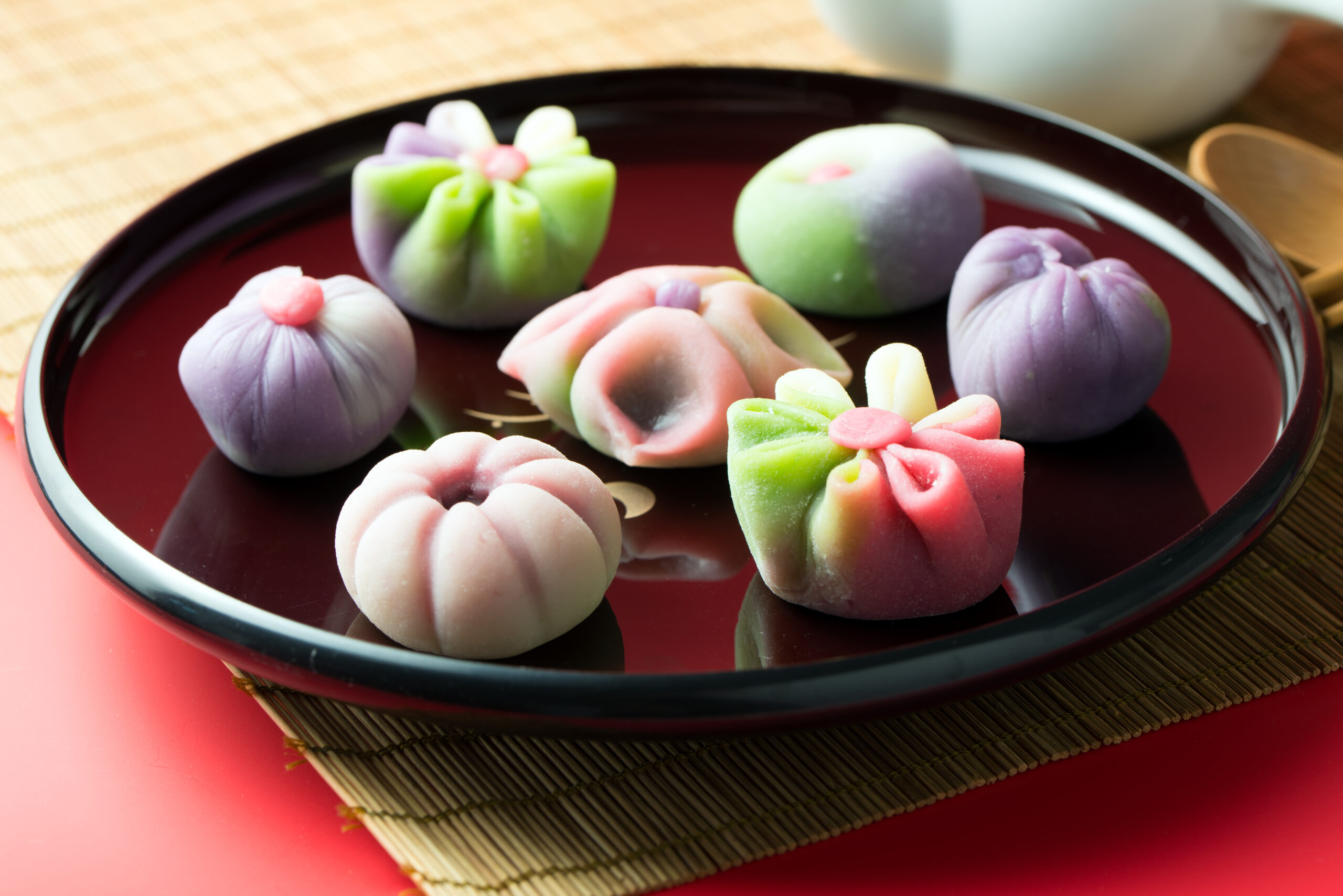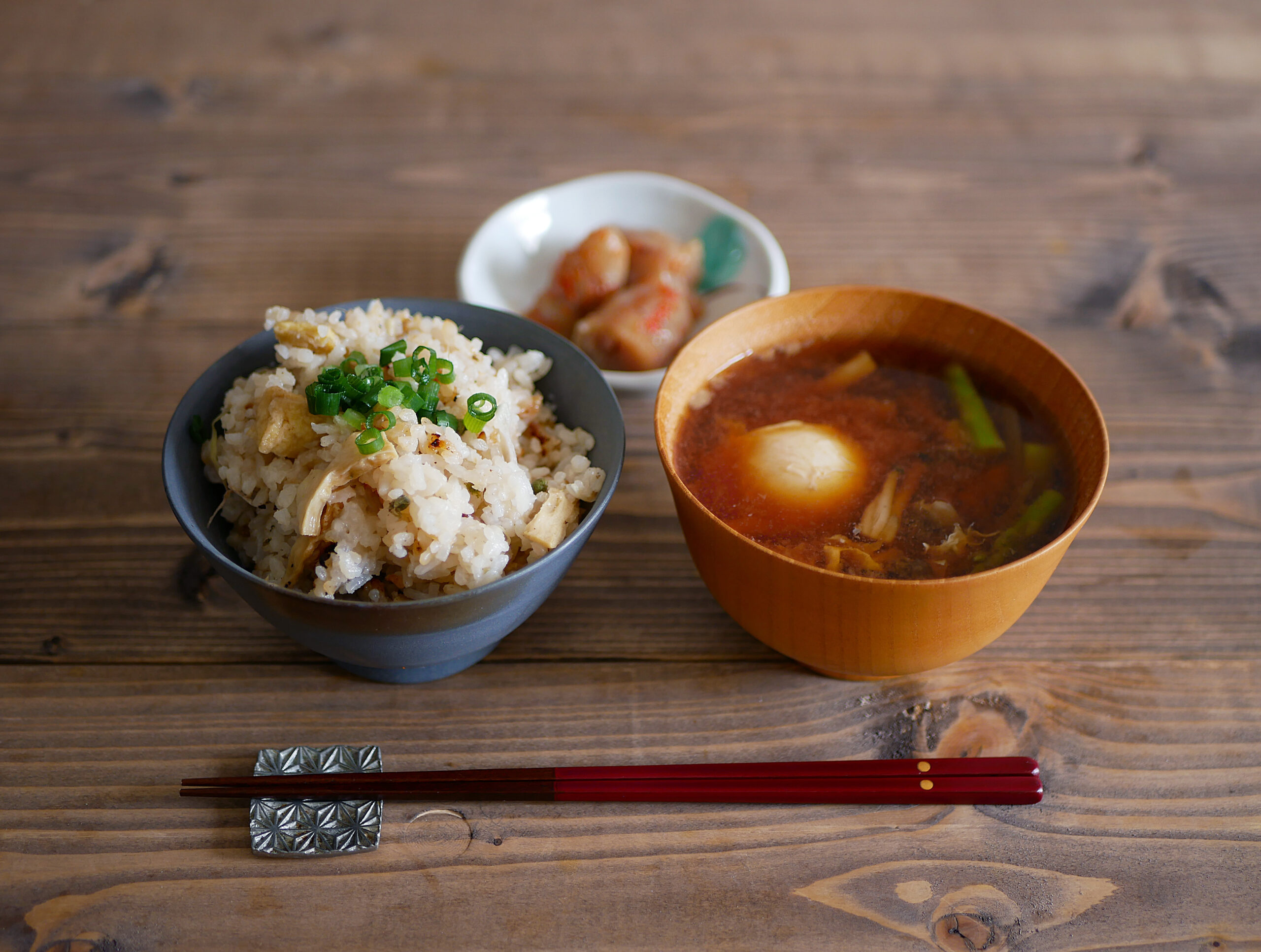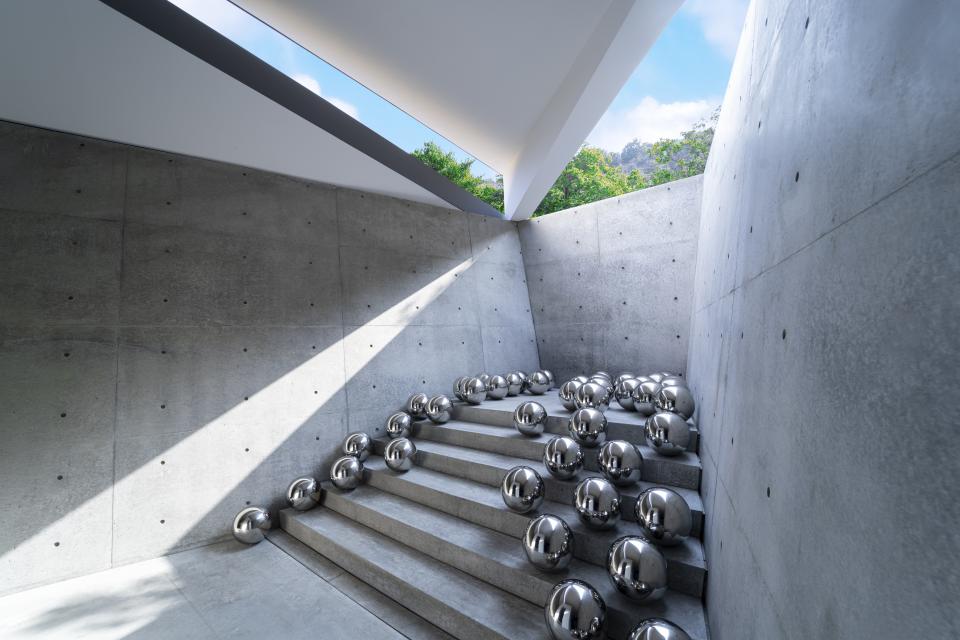An hour away from Osaka by bullet train, alongside the quiet stream with willows, the Kurashiki Bikan Historical Quarter stands with its reflecting white walls. This quarter flourished throughout the Edo and Meiji periods (between the 17th and 20th century), creating a townscape with tradition and a Western mix.
Here, you can take a boat ride on the canal that once carried merchants’ goods, look around museums and shop for nationally-famous jeans or the Bizen ware from the region. This area shows you the start of Japan’s modernization and its beautiful blend of traditions that we see nowhere else.
Kurashiki’s history started four hundred years ago with reclamation in the early Edo period. Cotton and Igusa for tatami mattresses were grown in the salty land, blooming a regional fiber industry. In 1642, Kurashiki came under the Tokugawa Shogunate’s direct control, further attracting merchants. Even after the Shogunate, the area continued with industry.
The first private fiber factory was built around Kurashiki in 1881, marking the modernization of Japan. Kurashiki Ivy Square, one of Japan’s first private fabric factories established in 1888, also prompted modernization. Now refurbished beautifully as a complex of restaurants, a hotel, stores, and workshops, you can feel the place and imagine its flourishment at that time.
With luck evading World War II damage, this quarter still shows a combination of traditional warehouse ‘Kura’ housing and western public buildings. It is characterized by the ‘Namako’ wall, where cemented black tiles create a look similar to the skin of a sea cucumber (Namako in Japanese). These merchandise buildings use white plaster to prevent fire, representing this area’s economic power. You can stay in the famous ‘Kurashiki Ryokan,’ reformed from the warehouse and mansion of a sugar merchant of the Edo period, and enjoy traditional Kaiseki cuisine and garden views.
Visit the Ohara Museum of Art and Adore the Coevolution of Japanese and Western Art
A majestic architecture of the Roman temple style, the Ohara Museum of Art is the first private Western Museum in Japan. Magosaburo Ohara (1880-1943), a businessman and philanthropist, established this museum to elevate Kurashiki’s culture and to memorialize his painter friend, Torajiro Kojima, who collected the paintings of French Impressionists for Ohara. In the museum, you can see artworks of famous artists such as Cezanne, Edger Degas, Gauguin, Shiko Munakata. Two paintings representing this museum are ‘Belgian Girl in Kimono’ by Torajiro Kojima and ‘Annunciation’ by El Greco. There are water lilies transplanted from the garden of Claude Monet in Giverny, France. This museum has continuously expanded its collection to Japanese and modern art, exhibiting pottery and plates from East Asia. They hold art workshops where you can exercise your creativity with your kids.
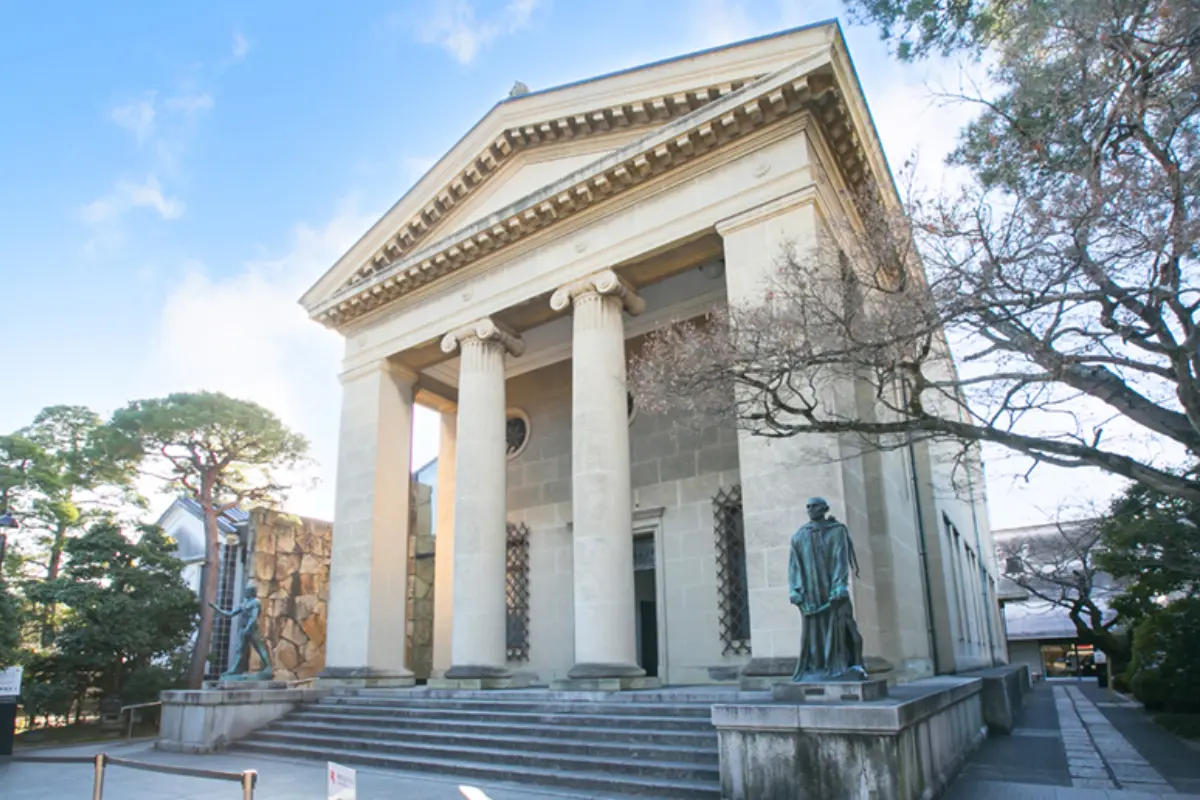
Activities around Bikan Quarters
Bikan Quarter is famous for its beautiful combination of its canal and alongside trees such as willows and cherry blossoms. Ride a boat in the central canal of Kurashiki for 20 minutes, and enjoy the urban nature. If you are lucky, you can see swans closely.
Also, you can enjoy shopping and local gastronomy. Thanks to the rich history of the fiber industry, there are many shops for jeans brought from the nearby town of Kojima, Japanese ‘fashionistas’ favorite destination. You can also visit the outlet mall in front of Kurashiki Station.
Okayama is one of the sunniest prefectures, where people grow white peaches and muscat in the dry land. From summer to early autumn, you can enjoy fruit picking. Kibi Dango (also known as mochi) is also famous in this region. The legend says a hero, Momotaro, beat the daemons with a bird, a monkey, and a dog, united with the savor of these rice dumplings.
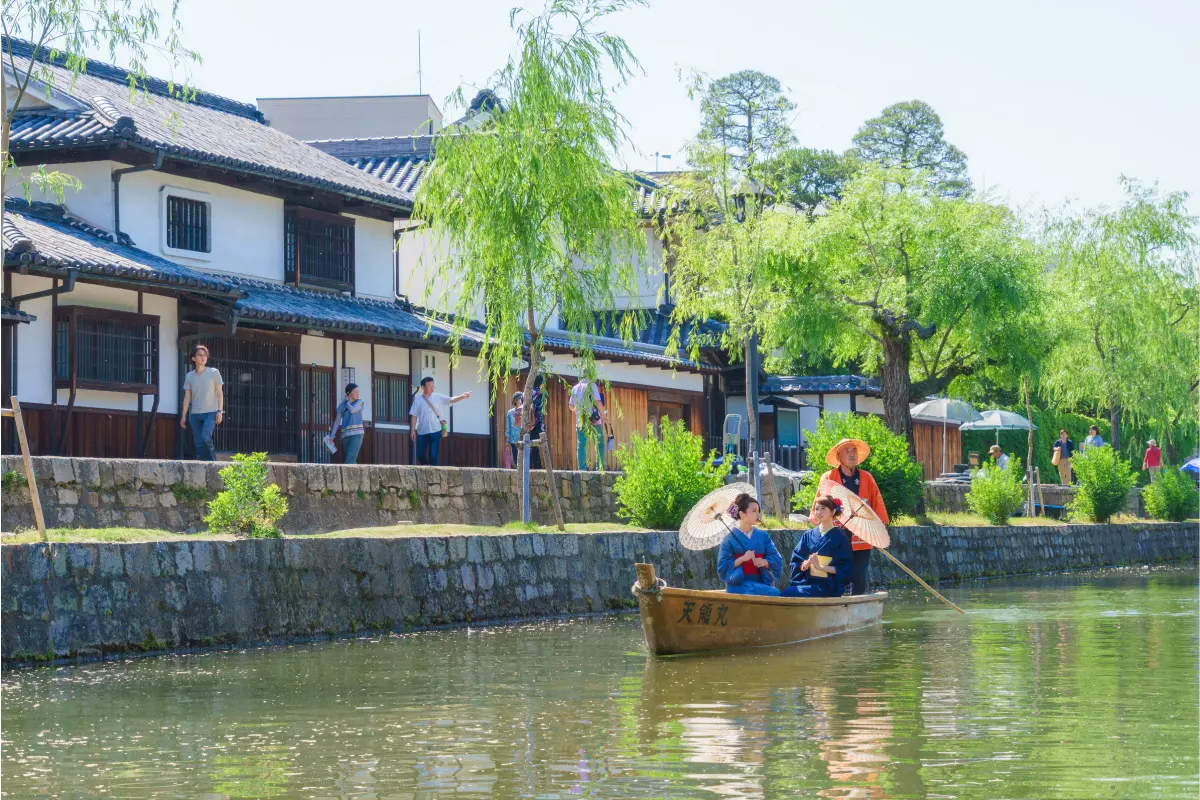
Basic Information
Ohara Museum of Art
Location: 15m from Kurashiki Sta.
Open hours: 9:00 a.m. – 5:00 p.m.
Boat Ride
Location (Reception): Tourist Information Center
Operating Hours: 9:30 a.m. – 5:00 p.m. (every 30m)
Closed: Second Mondays between March and December (except holidays)
How to Get There
From Osaka/Kyoto Sta. to Okayama Sta. : approx. 1h by bullet train
From Okayama Sta. to Kurashiki Sta.: approx. 20m by train
From Kurashiki Sta. to Bikan Historic Quarter: approx. 10m by walk
Citation:
https://www.kurashiki-tabi.jp/
https://kurashiki-mingeikan.com/
By Ayako

